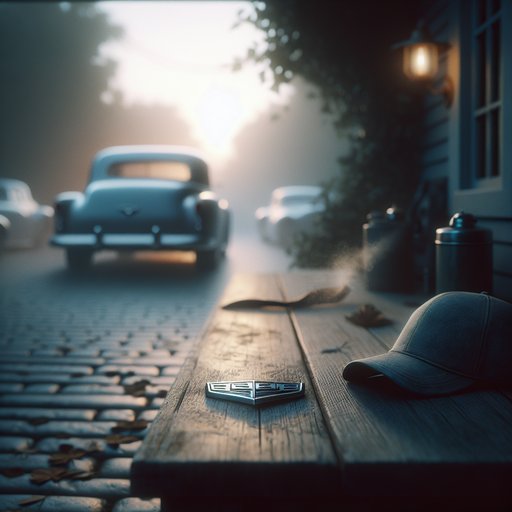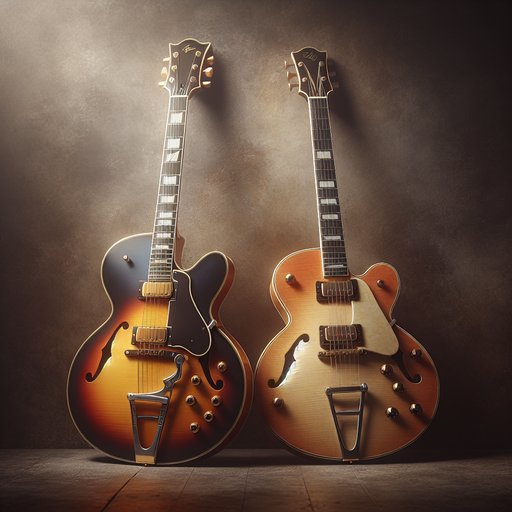
For years, the badges said everything: TDI, HDi, dCi, JTD. They were shorthand for torque without drama, for long hauls on a single tank, for a thrifty answer to carbon targets. Now the decals fade on secondhand lots and the blue caps for AdBlue gather dust by the tills. The diesel that once seemed the sensible heart of the European family car is retreating from the curb. Its decline is neither sudden nor simple; it plays out in regulations and road tests, but also in habits, sounds and the air itself. The story is technical, yes, but it is also personal, a change you can hear every morning on a cold start that never comes.

Cloning no longer lives only in speculative fiction or in the sepia-toned memory of Dolly the sheep; it is a service some people buy with a credit card, a conservation tool unsealing old DNA to save endangered species, and a research method redefining what counts as kin. In labs across the globe, technicians are turning biopsies into newborn animals and patient cells into experimental tissues. The science is imperfect and the costs are high, but the applications keep multiplying while the public conversation struggles to keep pace. Cloning, today, is less about miracle leaps than about increments—the everyday normalization of making genetically matched life—and the ethical questions it raises are not theoretical. They arrive in living rooms, barns, and policy hearings already breathing.

Weather grows stranger, labor scarcer, soils tighter with debt and compaction. Yet in fields where diesel once set the tempo, quiet electric motors and lines of code begin to carry the tune. Autonomous farm robots and AI-driven precision agriculture don’t promise a silver bullet; they offer something more pragmatic and radical at once—attention. Plant by plant, patch by patch, these systems measure, decide, and act with a granularity that was once impossible, turning brute-force cultivation into a choreography of restraint. If food security is the ability to produce enough, reliably, in the teeth of climate and market shocks, then machines that see every leaf and remember every storm are less a sci‑fi flourish than a new layer of agronomy. The opportunity is to grow smarter, not simply bigger: to harvest resilience from information.

Few partnerships in guitar history are as consequential as Chet Atkins and Gretsch. Beginning in the mid‑1950s, their collaboration produced the 6120 and the Country Gentleman—two instruments that translated a master musician’s practical wishes into widely adopted design standards. Atkins wanted stage-worthy clarity, reduced noise and feedback, stable vibrato, and an elegant look that would read well on television. Gretsch’s response—new bracing, hum-canceling pickups, and thoughtful hardware—did more than serve a star; it helped define the sound and look of electrified country, rockabilly, and early rock ’n’ roll.


































































